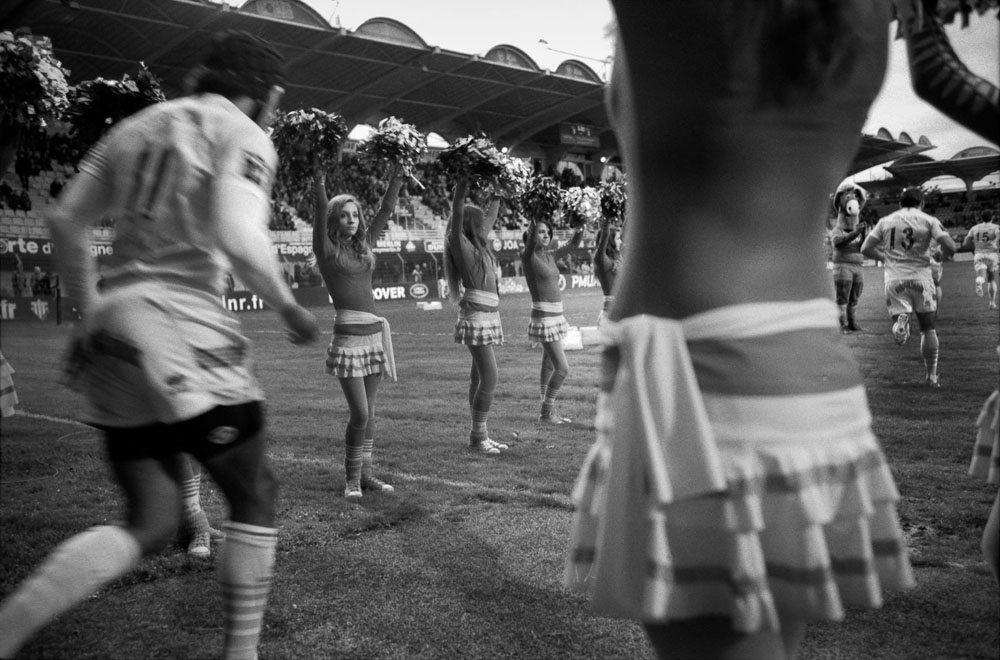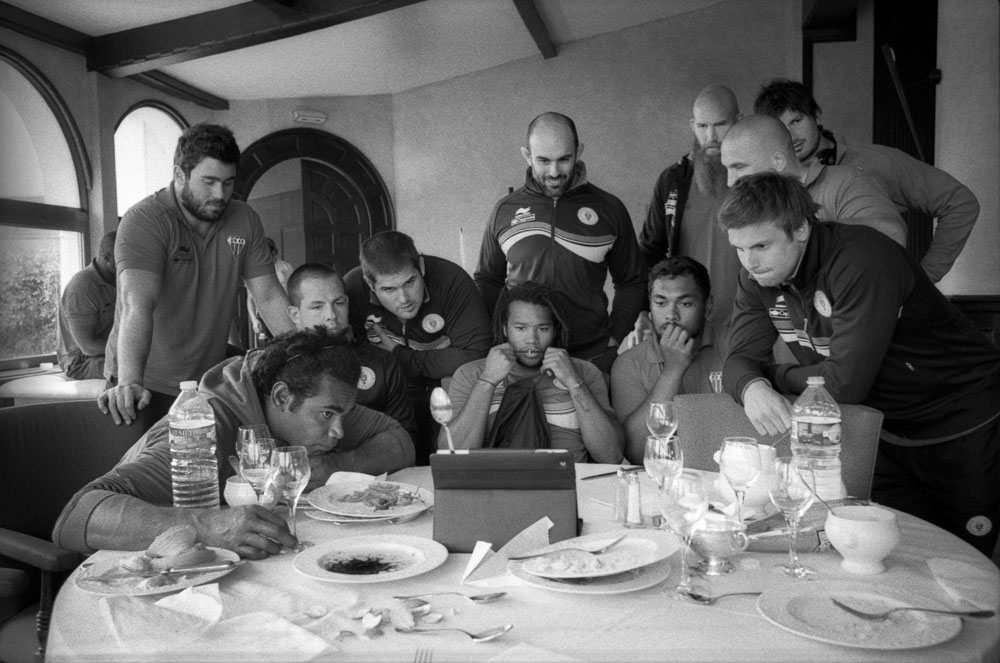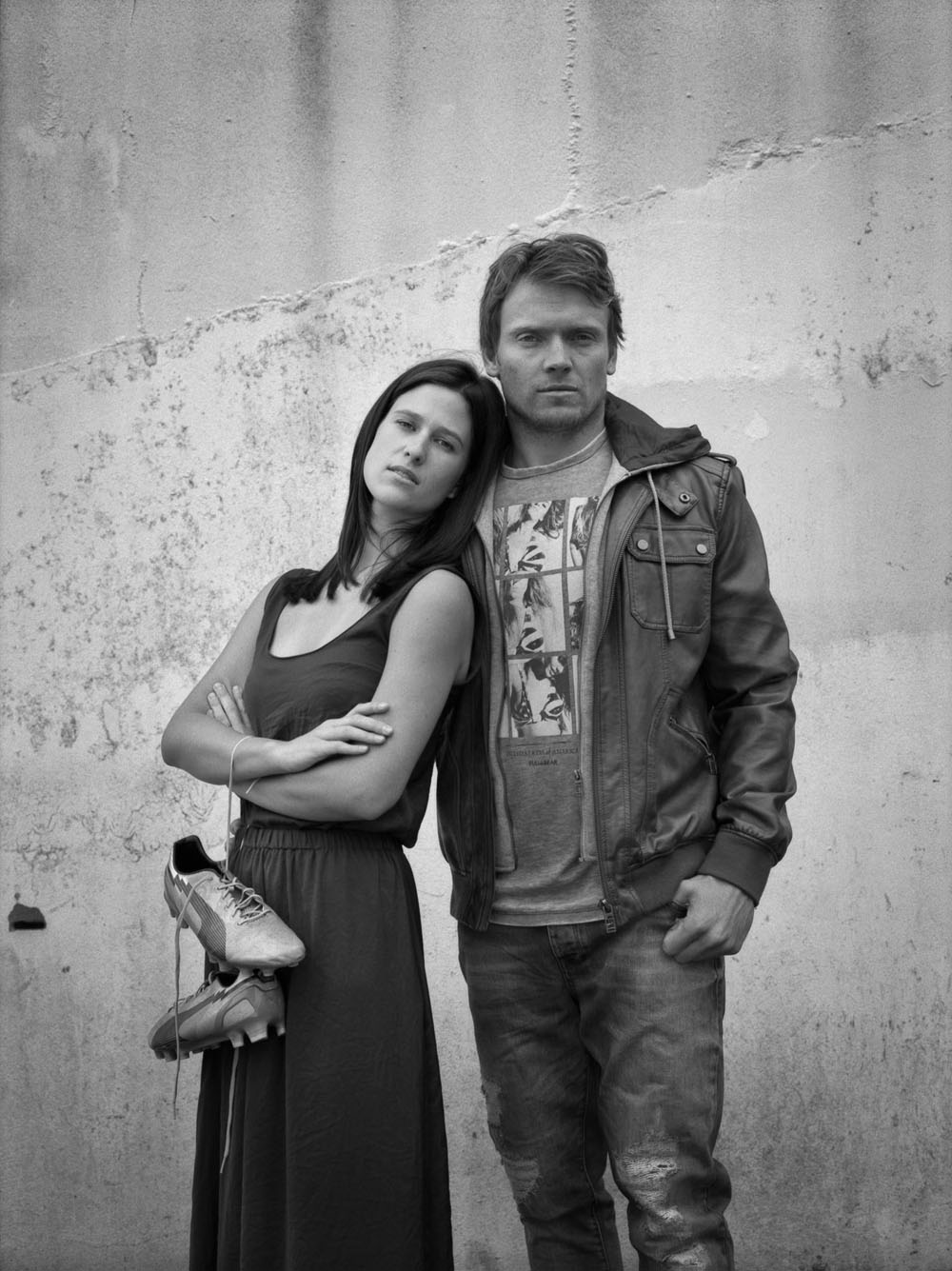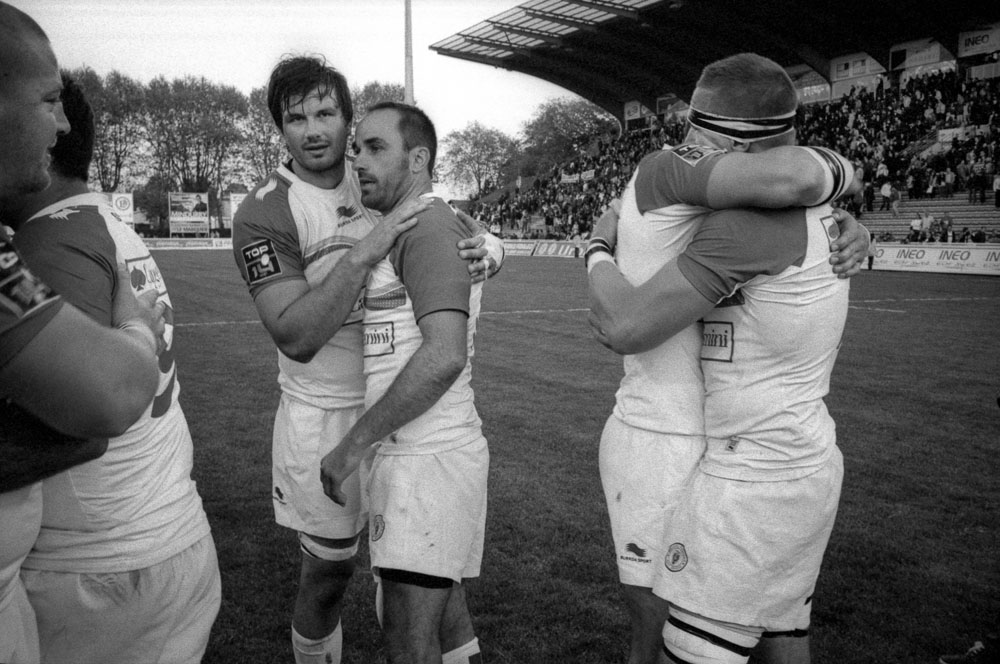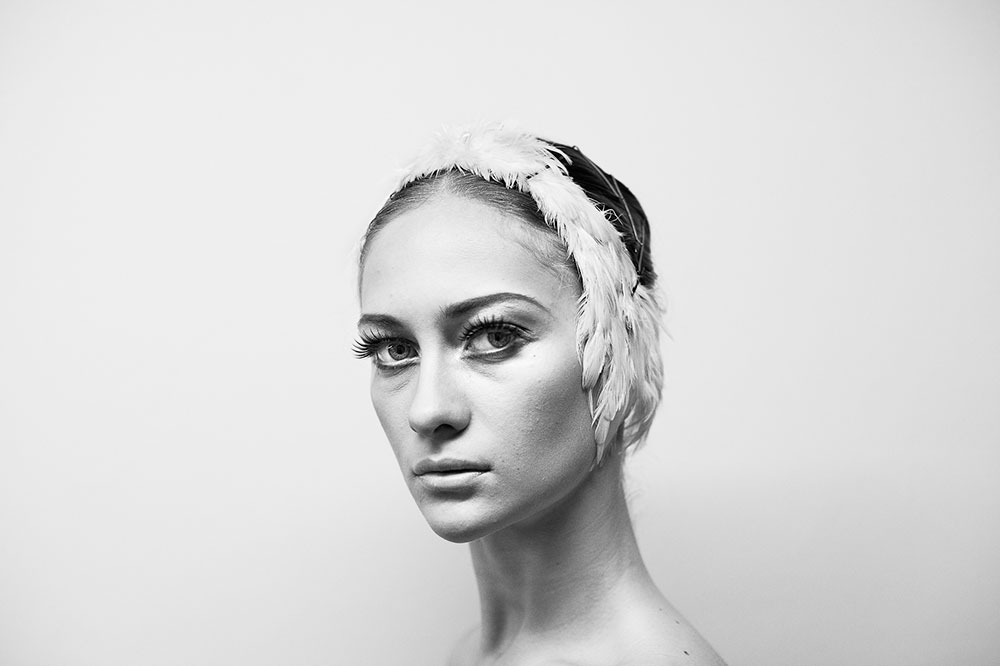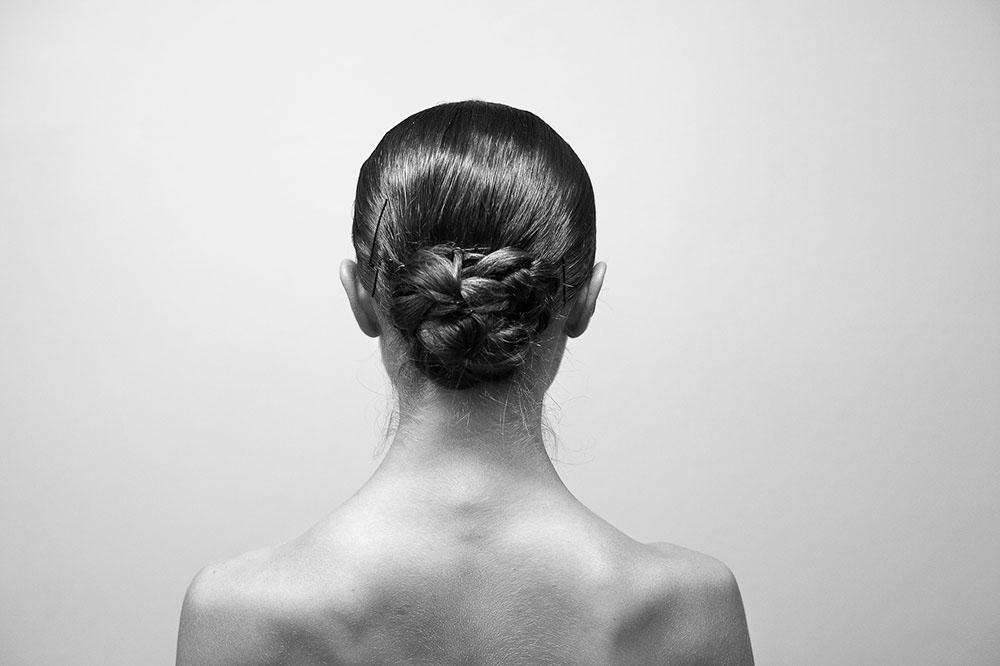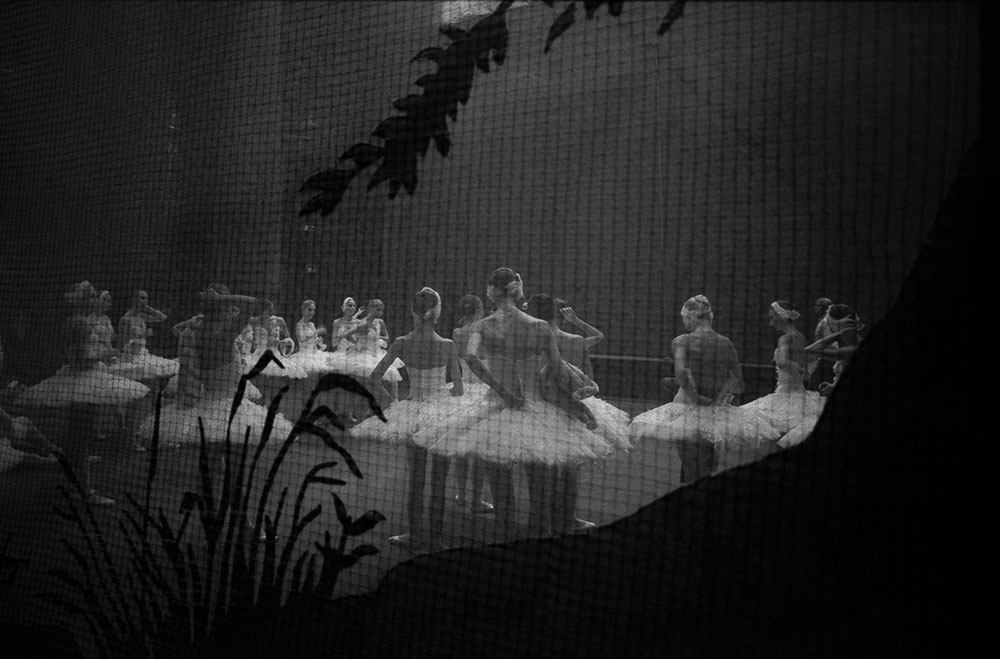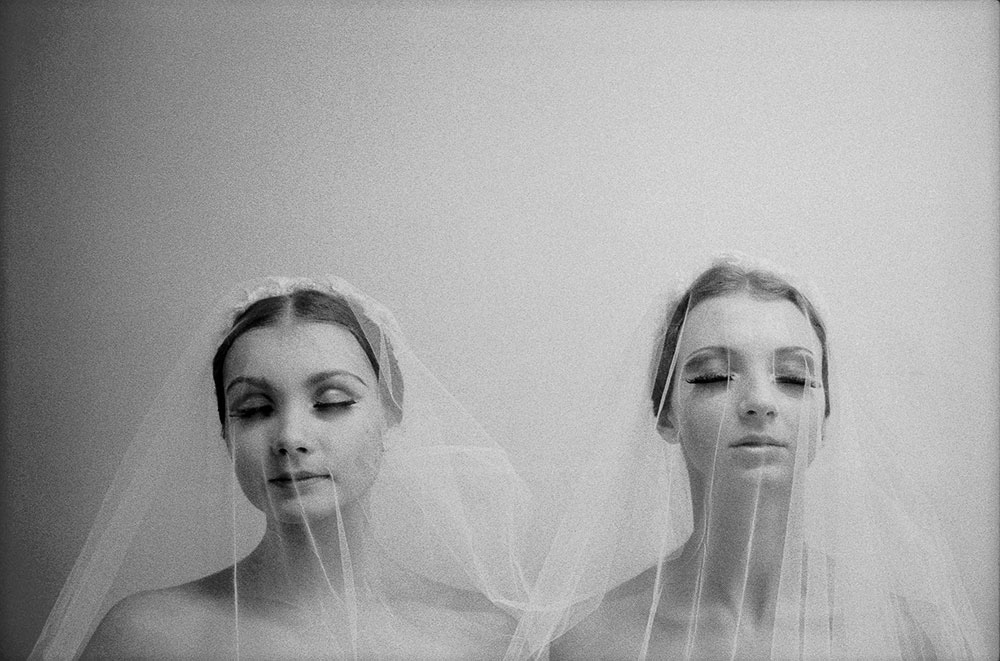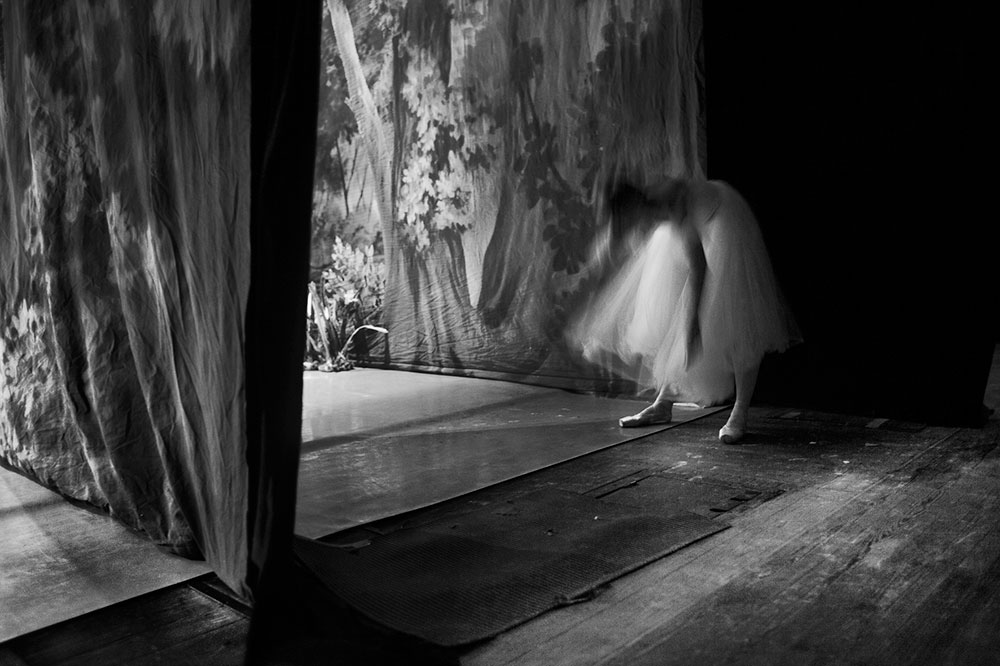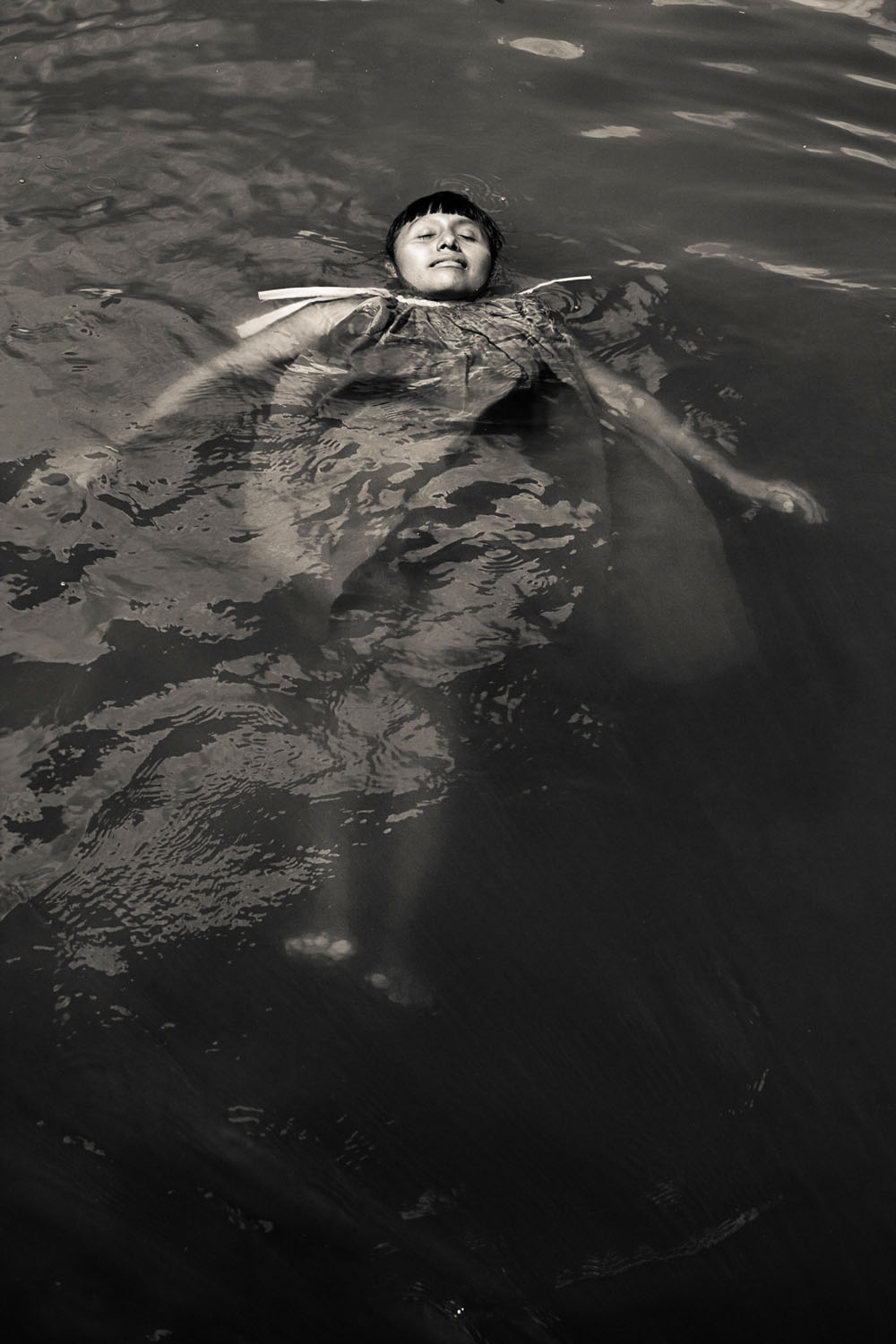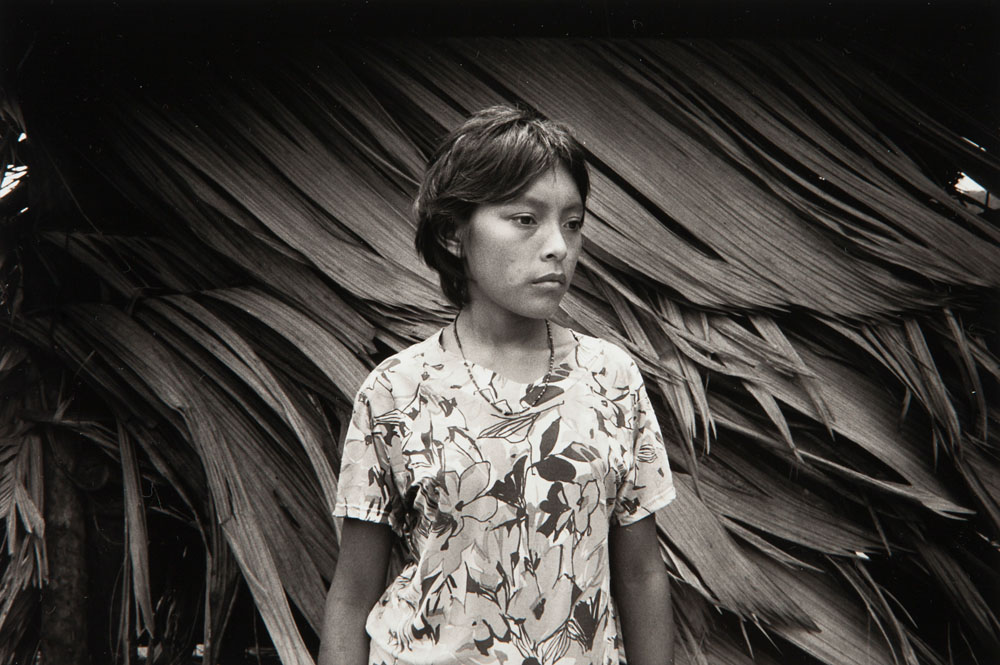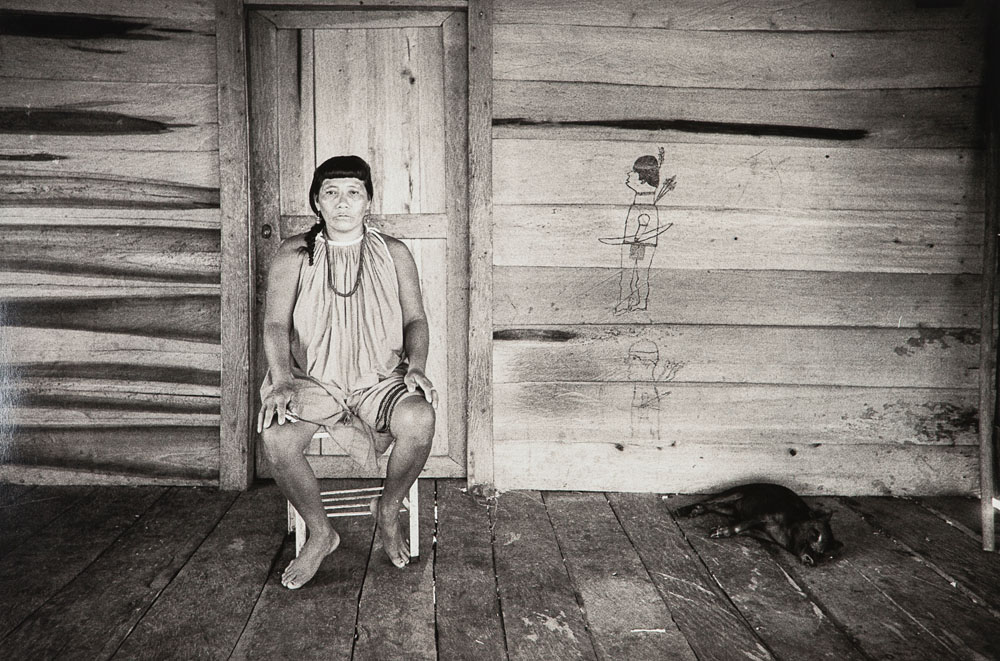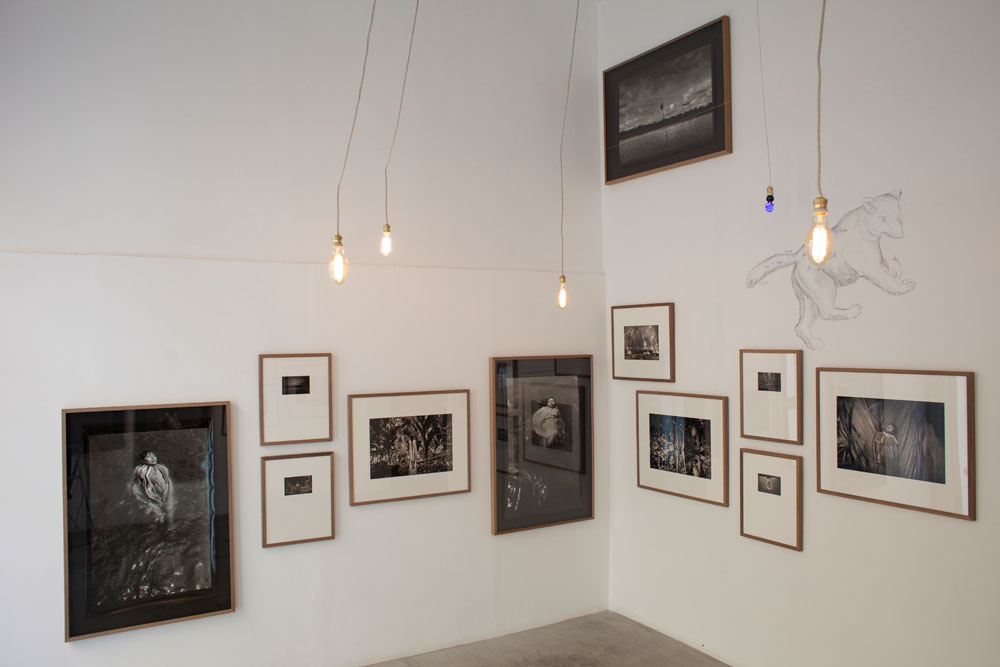Redefining concepts
Portrait today – Andrea Santolaya
Text by Sandra Miranda Pattin
Image credits: ©Andrea Santolaya / Cortesía MONDO GALERIA
Diego Alonso is the founder and director of Mondo Galeria in Madrid and Ibiza, I was gladly surprised by the successful story of his gallery. He opened the gallery in the middle of the so called crisis; a lot of people could have thought this to be a risky move but instead he saw an opportunity, art and its market transform and adapt to times, you just have to be capable of understanding the changes and instead of surrendering to the crisis make something good out of it. Diego Alonso did something good, he opened a gallery specialized in photography and short after he also introduced designers in the space, creating a dialogue between disciplines, something to embrace as a dialogue that is part of our time. Creative areas are fading frontiers, feeding each other, designers are making art objects other than functional ones and artists are absorbing design ideas into their creations so why not making them both dialogue in a space?
Art helps us grow as he states and it has been connected since always with science and other disciplines.
Photography can become an iconic image, Alonso focuses more on the photography as an art object, in the intention of it, which makes the difference between a person taking a picture (everyone can take a picture today) and an artist. He says regardless technique that is very relative today, photography should have a complex content shown in simple ways. Technique is not what makes a photographer an artist, it is poetry, double sense, intention, research, sensibility, there are great photographers that have made amazing work with disposables cameras.
With all this technology and possibilities of taking pictures today, what does it mean to take “portrait pictures” today? I believe one has to redefine the meaning of portrait. On dictionaries it is stated that a portrait is an artistic representation of someone where the face is predominant, with the intention to display likeness, personality or mood. The only thing I would change from this definition today is the part where the face is predominant, there is no need for us to see someone’s face predominantly in a picture to get the feeling of the person, we can have enough information from the space, the objects around, if any appearing or the gesture in order to compile the information, then the artist can certainly play with that identity and decide to show a specific orientation on the portraits. An artist might not need to call his or her pictures portraits, even if they could fit within the definition because the intention is wider, more abstract, much deeper, it could be to explore a subject within a specific context and not within the only purpose of showing the individuality.
This is the case of Andrea Santolaya, one of the featured artists by Mondo Galeria, a young photographer from Madrid. Andrea’s process is very interesting, she actually takes the time to cohabit with her subjects for long periods of time, her presence is soft and silent while she allows the subject to be comfortable enough not to pose and risk to get an overdone expression. I believe she is researching a new way of doing portraits, portraits that are more the subtle way of reading spaces and professions; in fact, she has made a series about the Mikhailovsky Theatre in Saint Petersburg, Russia, where she lived for months sharing the space with people working in there from artisans, to dancers. After a while she managed to become part of the cohabitants of the space. This coexistence resulted in essential portraits, a very subtle and delicate documentation, almost feminine in the sense of quality and not gender. The portrait is not from the individual dancer or the individual director, the portrait speaks about the space identity that contains all these individuals. She invites us to see where everything is created, not in a chronological way by showing the phases of creation, not even in a sort of “back stage” documentation, is more the atmosphere of the creation spaces and how the people working in them look when they are not performing or posing.
Another interesting series of work that might seem different is Nation Rugby. This work shows the players of the French Rugby team in Basque territory, she documented what she called “the family” before splitting into other rugby teams around Europe. Her presence again, gave these pictures a softness one wouldn’t expect from a rugby team, she transformed the roughness one has in the common imaginary of this sport into nostalgic black and white pictures of a group of people so close that they felt like a family.
The word Saudade in Portuguese is defined as a feeling close to melancholia and it implies a temporary distance from something loved. The writer Manuel de Melo defined it as a good emotion that you suffer and a bad emotion that you enjoy, this comes to my mind when looking at these series, there is a certain saudade that you feel even though you are not close to the sport itself or the story of these people, that is where one can insist in the feminine sense of Andrea’s photographs, in the identity she gives to her work, in the emotion that surrounds her creations.
I believe the difference between someone taking pictures (even good pictures) and an artist using photography is research, meaning that often we can encounter a beautiful image to photograph, a landscape, a house, a person, a situation and it’s good if we have the possibility of taking that picture immediately but then if nothing like that crosses our path often then what is it that we are doing? Nice pictures that happen by accident? Are we leaving the “case” to control our work? I’m not saying that is negative but it is not what someone with an artistic profession can allow to be the movement strength of their creative process.
A photographer instead, cohabits with the subject, takes time to look at it, has more patience and regardless the accidents that sometimes have beautiful results, the photographer has an objective, an identity, something that embraces their walking, their taking pictures, their looking.
In Santolaya’s pictures one feels her silent and subtle presence looking for the hidden identity of people within contexts. Isn’t after all art a way to translate the world into different ways? Not fake ones, still real ones but different from what we expect to see?
Portrait today might seem obsolete but here we have an artist that has transformed it’s meaning into something much deeper, the portrait not of the individual but the context and elements that make an imprint on the individual, resulting in a different way of seeing someone, not the image that someone wants to show, not the image that someone else has from that person but the image of that someone within the territory that shapes his or her identity every day.


